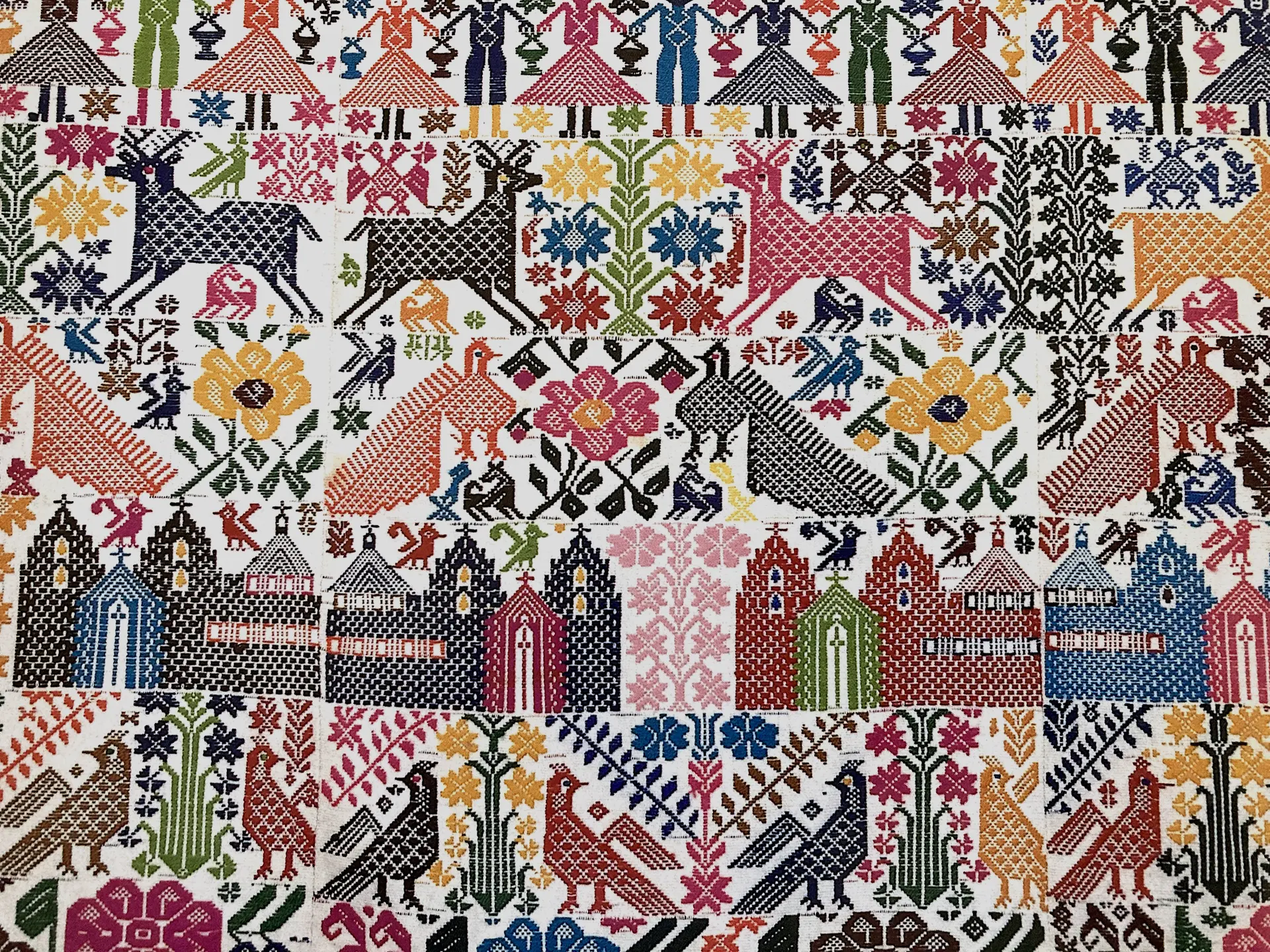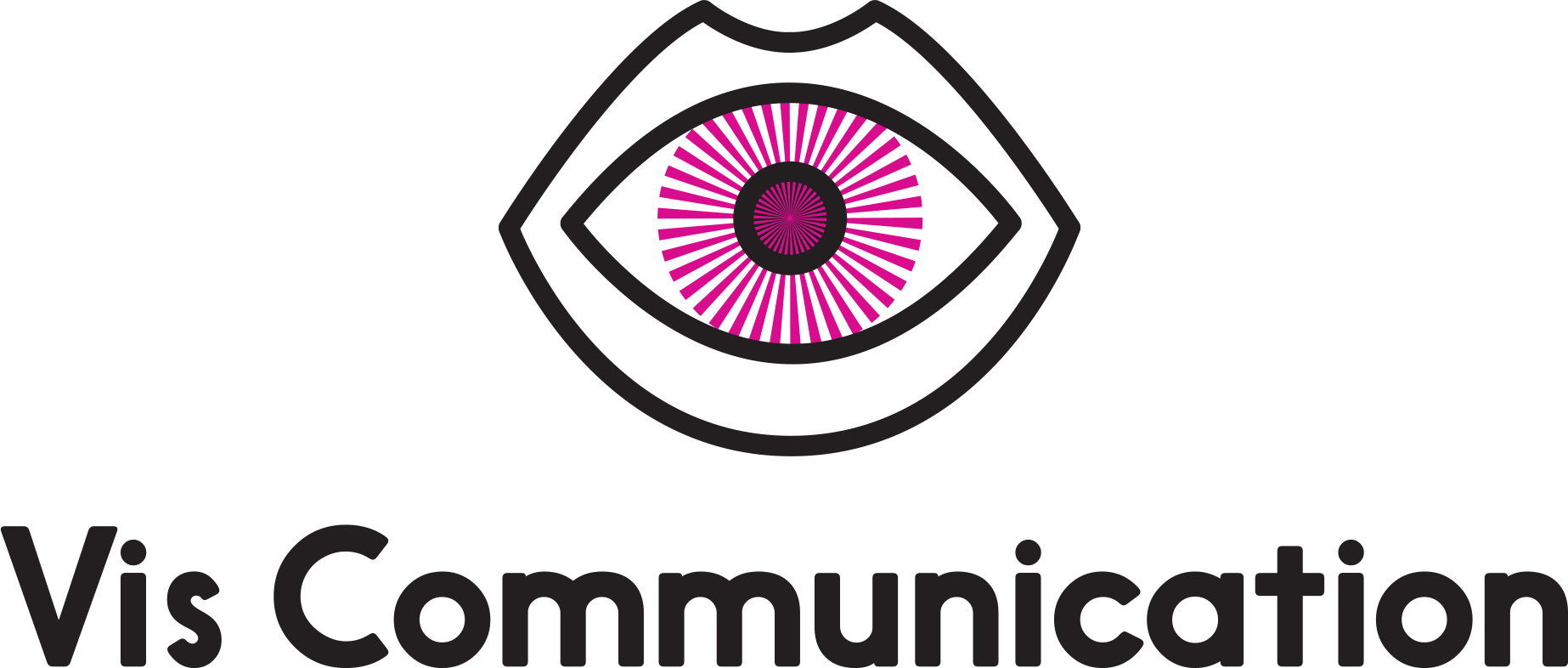The Data Oracle
“Nothing is easier than to accumulate facts, nothing is so hard as to use them.” – Jillian Hess

I’ve been thinking a lot about data lately (aren't we all?), and specifically why it doesn't necessarily make every decision easier.
“Nothing is easier than to accumulate facts, nothing is so hard as to use them.” – Jillian Hess
Numbers feel like certainty, but they’re not.
And the illusion of certainly, or of low risk, feels good.
"I believe that one of the greatest mistakes made by human beings is to want certainties when trying to understand something. The search for knowledge is not nourished by certainty: it is nourished by a radical absence of certainty. Thanks to the acute awareness of our ignorance, we are open to doubt and can continue to learn and to learn better. This has always been the strength of scientific thinking—thinking born of curiosity, revolt, change." – Carlo Rovelli
I watched a talk that Terence Tao gave on mathematical thinking. Listening to a mathematician talk about math sounded a lot more like philosophy than I ever imagined. It kind of broke my brain of imagining numbers as pieces of concrete. Also, numbers need context. Twelve doesn’t mean anything unless I tell you I need eggs from the store.
The data you have isn’t always the data you need.
You can have a ton of data and have analysts, clean, join, pivot chart and SQL the hell out of it to find the patterns, but finding the story in it is different. The numbers may be enough to answer some questions – are sales up or down, is the new website getting more visits. But perhaps you want to know why sales are up or down. The why can be a harder question. You may need some other kinds of data to connect those dots.
“Data is people,” but we don’t always treat it that way.
Each data point represents one decision one person made at a specific point in time. Someone chose to click on something, or not click on something, or the ubiquitous “Learn More” about something, or run 5 miles instead of 10 on Tuesday. It can be direct, if say you give someone an option to Buy Now right after offering them a discount. But what about all the people who didn’t Buy Now? Or the people who will buy later? What stopped them? Where is that data? Those kinds of questions may need additional research to get the full picture. People are not logical and tend to make emotional decisions. And there are so many things going on in someone’s day. Think about your day yesterday. People are much more complicated than one data point, and this makes things hard to interpret.
Jer Thorpe’s book Living in Data is required reading on how data can interpret our signals both technically right and completely wrong.
Threading a data story through hippo attacks, glaciers, and school gymnasiums, around colossal rice piles, and over active minefields, Jer Thorp reminds us that the future of data is still wide open, that there are ways to transcend facts and figures to engage more viscerally with data, and that there are always new stories to be told about how data can be used.
For the Designer and Client
Data can be incredibly useful and incredibly interesting. You can see patterns of things happening, sometimes in real time. But often you need some additional research or information or context to make it all make sense, or to decide on an action to take. Think about the kind of data that would help you tell a story or answer your specific question.
You might feel like if you don’t have some lonely database somewhere, you really don’t have enough. But data can be as simple as cheese if it answers your question.

